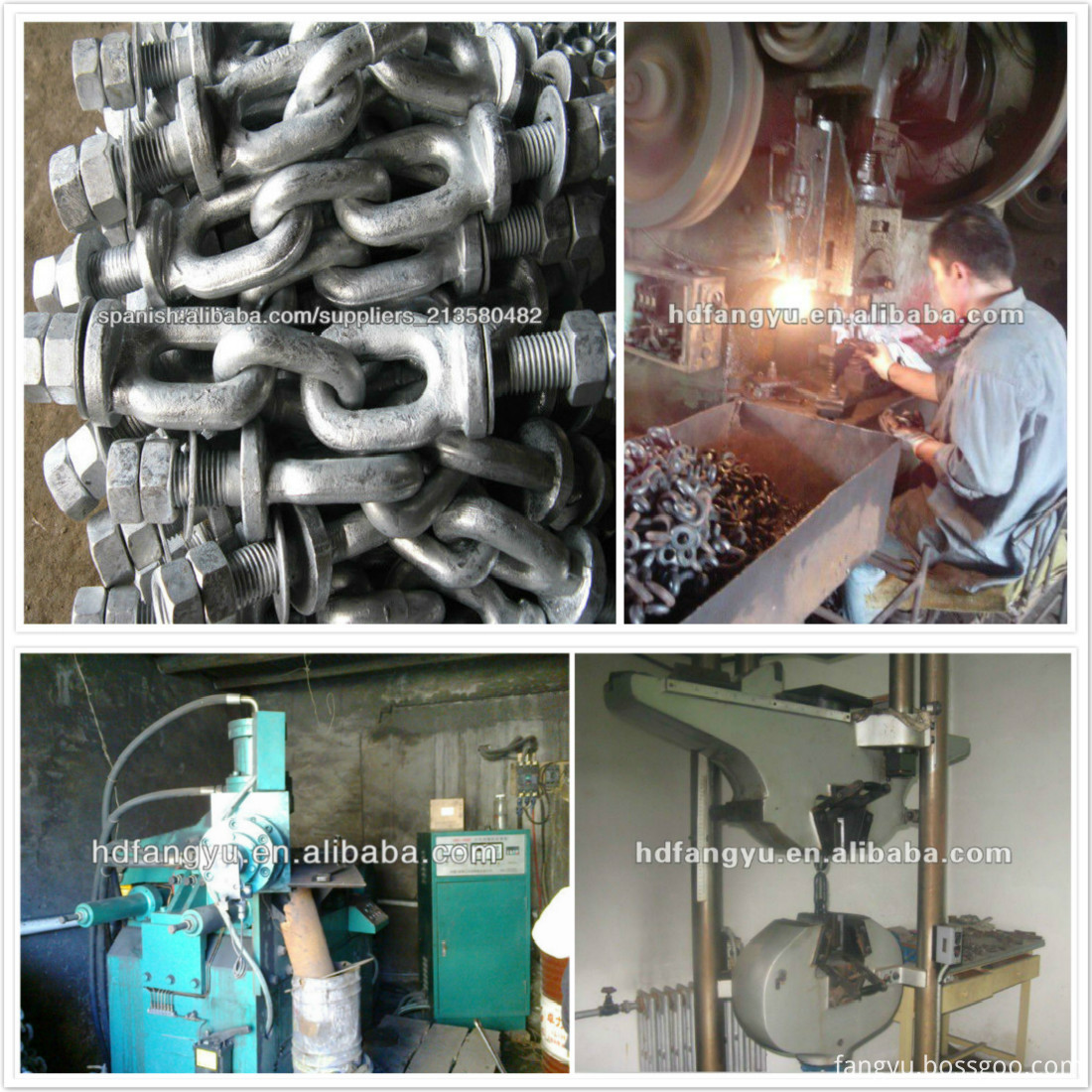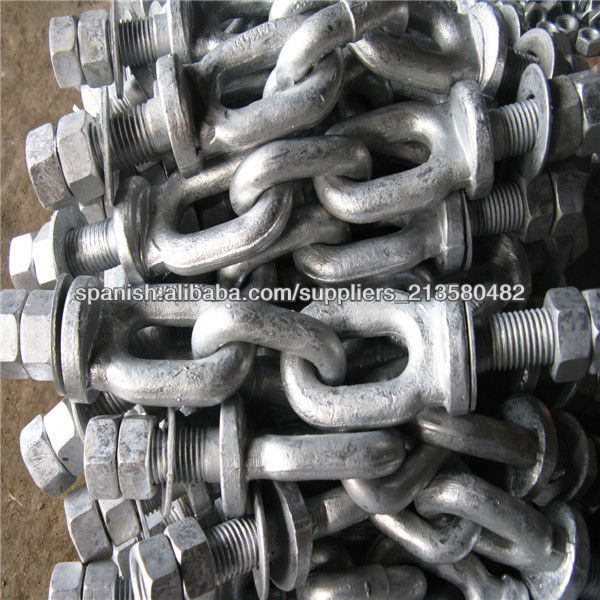Figure 1 shows a schematic of such a viscometer designed by Van der Walter. This is a viscometer specially designed for measuring the viscosity of the resuspension. A stirring impeller with a top cover (the direction of rotation is opposite to the inner cylinder) is installed under the inner cylinder to prevent the suspension from delaminating during the measurement; Around the inner cylinder, a plurality of radial partitions are arranged annularly to prevent vortices from occurring, ensuring that the suspension can only recirculate perpendicularly to the direction of rotation of the cylinder. A water jacket is also provided around the outer cylinder to maintain a constant temperature of the suspension during the measurement. This viscometer has been widely used in foreign mineral processing research departments. 3-Axial Concentric Cylinder Viscometer (Bottom Figure 2) This is a new viscometer proposed by the Institute of Mining Research at the University of Michigan Institute of Technology. It is characterized by using a pump installed outside the viscometer to circulate the slurry to make the slurry. axially passing through a cylindrical annular space between the two, the drag force applied (shear stress) of the metal wires suspended from the cylinder. The flow rate of the mineral suspension is controlled by the rotational speed of the pump, so the rheological properties of the suspension can be measured based on the corresponding relationship between the rotational speed of the pump and the drag force. The patented design also uses an automatic recording device—the drag and the speed are converted into a signal and input to the recorder. It can be used both as an automated instrument for continuous measurement and as a small test for batch operation. A variety of concentric barrel viscometers above A can be used in a wide range of flow velocity gradients, but when the flow rate gradient is small, the error of the second type of viscometer is large because the required drag weight is too small. It is easy to be affected by the friction of the transmission part of the instrument, and it is better to use the first type of viscometer with a torsion balance. The lower limit of the flow rate gradient of the third type of viscometer depends on the minimum cycle speed required to ensure that the solids in the suspension do not precipitate. From the apparent viscosity data of the figure, it can be seen that in the ferrosilicon suspension using bentonite as a stabilizer, the addition of sodium hexametaphosphate can reduce the apparent viscosity of the suspension, and also shows that under the same flow rate gradient or shear stress, The apparent viscosity can be used as a criterion for comparing the rheological properties of the suspension; from the strain-% stress curve, the effect of sodium hexaphosphate is mainly to reduce the ultimate shear stress of the suspension rather than the plastic viscosity; When the concentration of sodium hexametaphosphate in the suspension reaches 0.001%, the viscosity of the suspension is greatly reduced, and the change of the concentration is not large; it can also be seen. In the case of high flow gradients (such as in the production of medium and heavy medium cyclones), the necessity of adding a dispersant is not large (so that bentonite has little effect on the viscosity of the suspension and does not need to be dispersed with a dispersant) . All of the above show that the strain-stress curve can provide us with more information.
Hebei Fangyu Group made by Fangyu hardware , Fangyu mechanics ,Fangyu Fastener and Fangyu Filter Media.
Hebei Fangyu have been manufacturing a variety of hardware and mechanics and fastener Since1992 year.
We specialized in manufacturing hardware including riggings, pressing parts and forging components. As well as the sheet metal process and welding process OEM services also could be provided.
Hot Galvanized Forged Eye Bolt Hot Galvanized Forged Eye Bolt,Hot Galvanized Forged Oval Eye Bolt,Hot Galvanized Forged Oval Long Eye Bolts Hebei Fangyu Trade Co., Ltd. , https://www.filtersmaterial.com
Figure 1 Fan's drum viscometer
1—inner cylinder; 2—outer cylinder; 3—impeller; 4—separator; 5—water jacket; 6—gear; 7—tachometer; 8—pulley; 
Figure 2 axial flow concentric cylinder viscometer
1—converter; 2—viscometer; 3—concentric cylinder; 4—deflation plug; 5—thermometer;
6—funnel; 7—slurry cock; 8—medium circulation pump; 9—variable motor;
10—two-way recorder; 11—medium circulation tube with constant temperature water jacket; 12, 13—signal output [next]
Various concentric barrel viscometers, when the test liquid is in laminar flow, can directly calculate the values ​​of viscosity and ultimate shear stress according to the test data using known formulas. The relevant instrument constants can be obtained by using liquids with known viscosity. Pre-calibrated. However, most of the problems encountered in the practice of mineral processing belong to the transition range from laminar flow to turbulent flow. At this time, the calibration and measurement data processing of the instrument are complicated, and the actual use should refer to the instrument manual or related works.
(3) Comparison and application As can be seen from the above, the concentric cylindrical viscometer can be applied to different flow regimes (laminar, laminar and turbulent transition zones, turbulent flow), and the suspension viscosity can be completely explained. All parameters of the properties (viscosity and ultimate shear stress), and the problem of preventing stratification of the suspension has been properly solved. Therefore, it is an ideal viscometer. The disadvantage is that the instrument calibration and measurement data processing workload is large, so many researchers prefer to use a simpler capillary flow method.
In the ore selectivity study, including the current factory test work, in order to quickly obtain the data on the influence of the composition of the medium (specific gravity, shape, concentration, fineness, and amount of stabilizer and dispersant) on the rheological properties, the following simple Method.
1 In the case where it is not necessary to separately measure the plastic viscosity and the ultimate shear stress, and the flow rate gradient is not very large, the apparent viscosity can be measured by a simple capillary viscometer (which can also be used as a concentric cylinder viscometer) as a selection and adjustment medium composition. Criterion.
2 In the case of a complete understanding of all the parameters of the viscosity of the medium under different flow gradients, the raw data measured by the concentric cylinder viscometer can be directly used for mapping. Because the shear force = f (speed) curve trend and the shear stress = f (flow rate gradient) curve should be similar, by comparing the shear stress of different media = f (speed) curve and its shear axis The upper intercept can indirectly see the effect of different media composition on the plastic viscosity and ultimate shear stress of the suspension.
Figure 3 shows the original data measured by the Van der Walter type viscometer when spraying the heavy medium viscosity adjustment method by Aplan and Spider (the weight and the weight of the weight used to rotate the inner cylinder) bentonite suspension gravity drum rotational speed) to reflect the influence of the curve hexamer sODIUM iron phosphate on the spherical silicon denatured suspension flow, the particle size employed is ferrosilicon spherical -0.15mm, added 1%, 3.6 . The data marked in the figure is the apparent viscosity of the corresponding point. 
Fig. 3 Strain-stress curve of spherical ferrosilicon suspension (6%); 1-0; 2-0.001; 3-0.017 [next]
It can also be seen from the above example that when studying the influence of the viscosity of the suspension on the beneficiation efficiency, it is necessary to comprehensively consider the two parameters of the ultimate shear stress and plastic viscosity. Some people have proposed the concept of Consistency. An instrument that summarizes these two properties and that can measure both of these parameters is called a "consistency meter." Under certain conditions, the apparent viscosity μa can reflect the concept of consistency because
  τ o
μ a =μ pl +  Dυ
Dy
But he is not a constant, but a function of the velocity gradient.
3. Determination of Suspension Stability The property of maintaining the specific gravity of the layer at different heights is called the stability of the suspension. Therefore, the magnitude of the change in specific gravity per unit time can usually be used as a quantitative indicator for measuring stability. Since the change in specific gravity at different horizons is caused by the sedimentation of solid particles in the suspension, the sedimentation velocity can also be used as an indicator for measuring the stability of the suspension.
There are several methods for determining the stability of a suspension:
(1) Direct determination of the sedimentation velocity of the suspension The essence of this method is to measure the stability of the suspension directly by the sedimentation velocity. For the determination method, refer to the relevant data.
(2) The sedimentation speed of the float in the suspension is measured, and the float having the same specific gravity as the suspension is placed in the suspension. As the specific gravity of the suspension changes, the float will gradually sink, and the sinking speed of the float will be measured to determine the stability of the suspension. The determination requires a set of floats of different specific gravity, and the specific gravity of the float can be adjusted by adding or reducing lead sand.
(3) Determination of the percentage change of the specific gravity of the suspension per unit time In the past, a Kiel type device was commonly used, and the main part of the instrument was a measuring tube having a diameter of 1.9 cm and a height of 25 cm, and a drain hole was located at a height of 1/3 from the top end. When measuring, first plug the drain hole, inject the suspension into the tube and weigh it. Shake the tube to mix the suspension in the tube, then let the suspension settle for 1 min, open the drain hole, and release the upper suspension. The measuring tube and the remaining suspension are weighed. According to the weight and volume of the suspension before and after the sedimentation, and the net weight of the measuring tube, the percentage change of the specific gravity of the suspension within 1 min can be calculated.
A new automatic recording settler for laboratory batch testing has recently been reported, the working principle of which is shown in Figure 4. The basic component is still a settling tube and the bottom is connected to the pressure sensing tube. In order to prevent the submerged solids from entering the tube, the middle is separated by a glass sand filter. The choice of the glass sand filter should be able to retain the solid particles without affecting the transfer of hydrostatic pressure. The hydrostatic pressure of the suspension is converted into a signal output by a pressure transducer, and sent to the recorder for recording at any time—the automatic change of the specific gravity with time, so that the artificial measurement error can be avoided. The sedimentation test results are expressed as a percentage change in specific gravity per second. For example, a suspension with a specific gravity of 1.5, if its deposition rate is 2%, means that the specific gravity per second is reduced [next]
2
(1.5-1.0) × —— =0.01
100
That is, after 1 minute of deposition, the specific gravity will be reduced from 1.5 to 1.49. From 1.5 to 1.0 (representing complete precipitation), a total of 50 min is required.
If the stability of the suspension reaches 0.2% per second, it can be satisfactorily used in industrial production. 
Figure 4 Settlement
1—sinking tube; 2--glass sand filter; 3—converter; 4—recorder; 5—cock
Hot Galvanized Forged Eye Bolt:


Type:
Hot dip galvanized forged oval long eye bolts
Material:
forged galvanized steel
Brand name:
FY
Finish:
Hot dip galvanized
Certificate:
ISO9001
Usage:
Overhead line accessories on power transmission,power distribution,power station,etc
OEM
OEM is acceptable
Package
bags, cartons ,woodpallet. woodbox